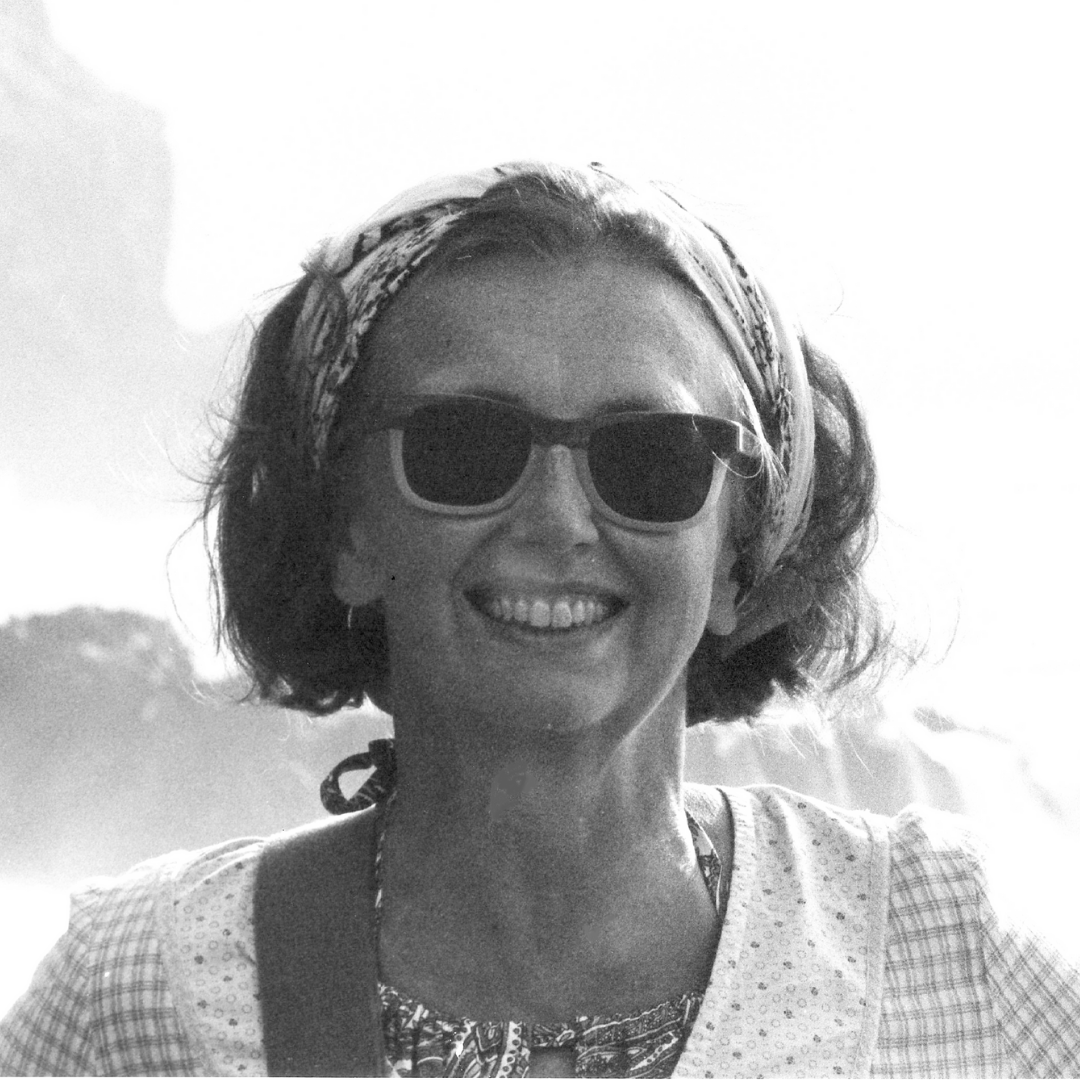Color Impact 2023 was a great success. These pages are left here for archival purposes.
We hope to see you at a future Color Council meeting! Our next conference in June 2025.

June 11-15, 2023
Rochester Institute of Technology, Rochester, NY, USA
Presenter - Susanne Klein
|
Susanne Klein, Educator and Researcher
Printing the shadows: Variations in colour recording and reproductionWhen colour is printed, it can be done in two different ways, either with spot colours or with process colours. Spot colours are mixed before they are printed. Process colours mix after they are printed. An image printed in process colours is often broken up in dots (halftone), and at least three different colour layers are printed on top of each other. The brain fuses the coloured dot patterns into a full colour image. The standard set of process colours is cyan, magenta, yellow and black. This is a convention based on the physics of recording and reproduction. In the 19th century Maxwell postulated that a full colour image can be recorded by taking three images through red, green and blue filters on black and white film, and then projecting the positives of these images through the same filters. All modern displays follow this method. Print is different. When we print on a white substrate, we print the shadows of the image, exactly the parts of the image where we did not record. When we look at the spectra of the recording filters, it becomes clear that the shadows must be printed in the complementary colours, blue as yellow, red as cyan and green as magenta. Black is used because the recording filters can have slightly different transmission spectra and the black layer corrects for it. There is no physical law which prevents a different pairing of recording and reproduction as long as the visible spectrum is covered. We will present different sets of recording filters and their matching print colours and discuss differences in colour appearance.
Bio
Susanne Klein is an EPSRC Manufacturing Fellow and an associate professor at the Centre for Print Research at the University of the West of England in Bristol, UK. In 1995 she became a Royal Society Fellow at the University of Bristol where she worked on 19th century optics. In 1998 she joined Hewlett Packard Labs and specialised in liquid crystal display technology and new materials for 3D printing. Her research interests now are 19th century photomechanical processes, especially Woodburytype, Woodbury gravure, Lippmann photography and colour photography based on Maxwell’s three colour theory, including alternative ways of colour recording and reproduction.
The Inter-Society Color Council advances the knowledge of color as it relates to art, science, industry and design.
Each of these fields enriches the others, furthering the general objective of color education.
© ISCC

